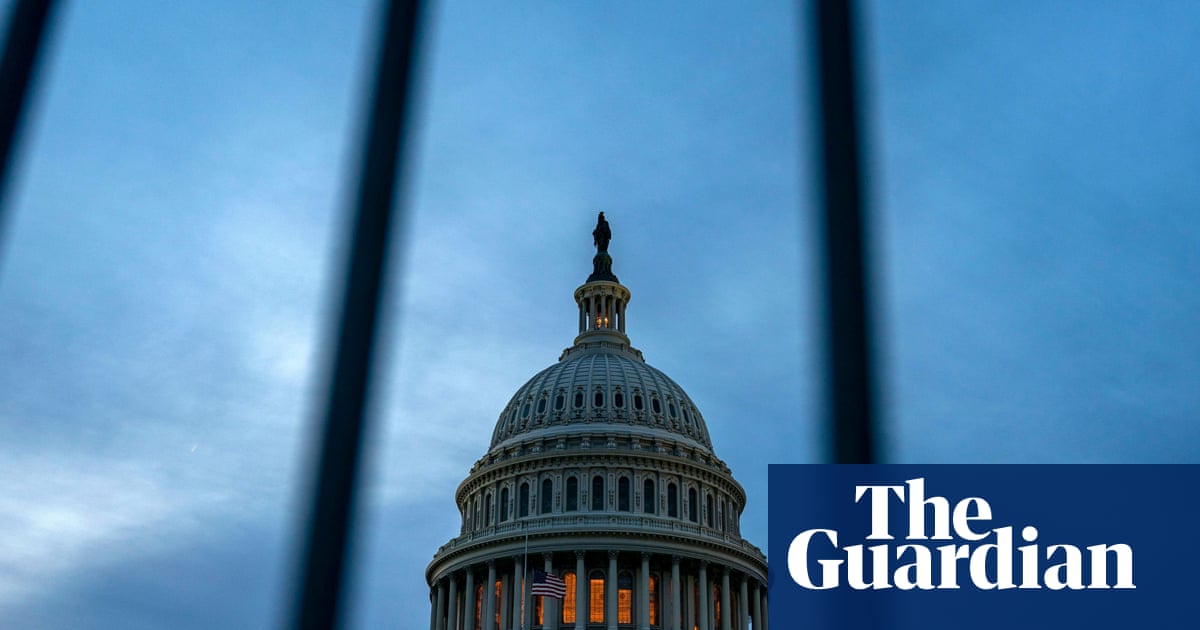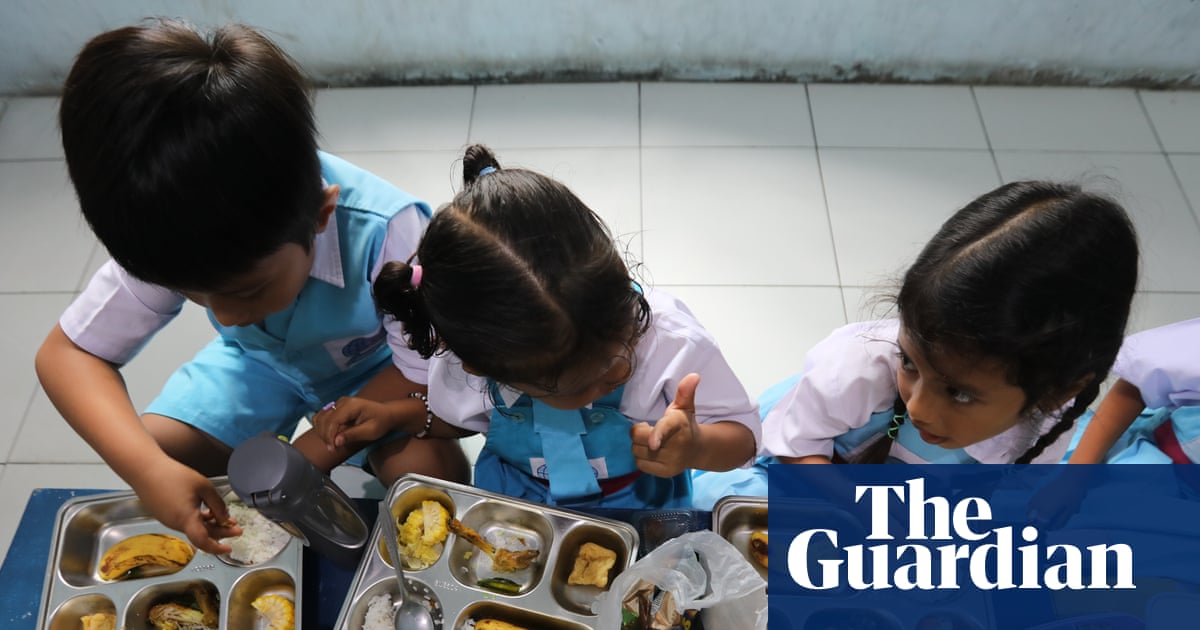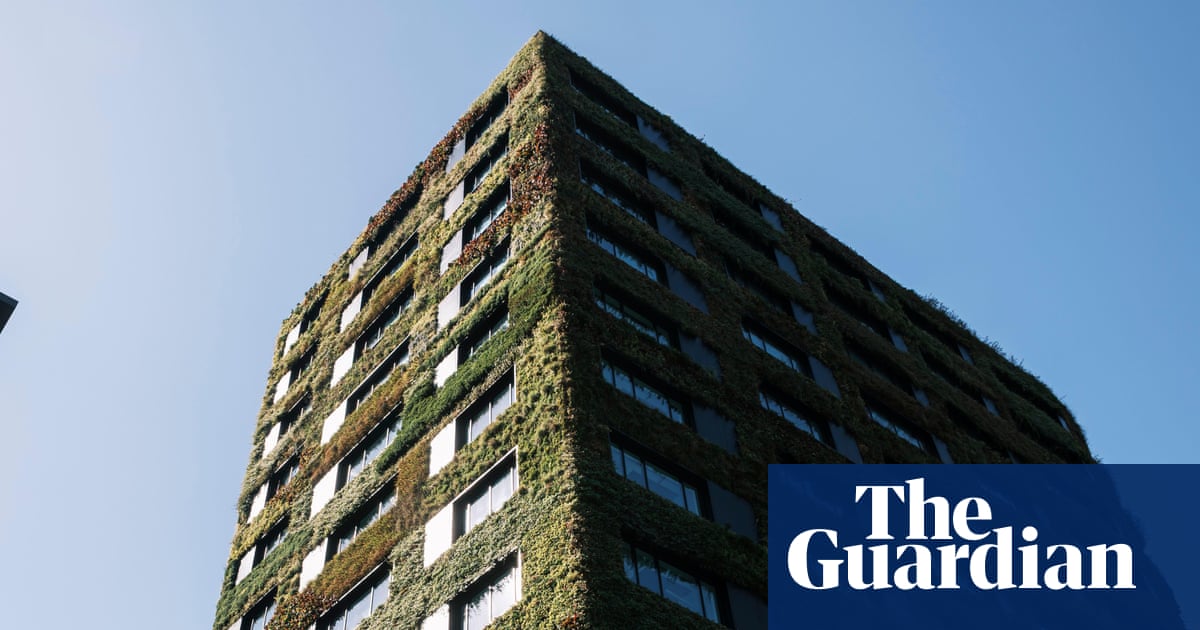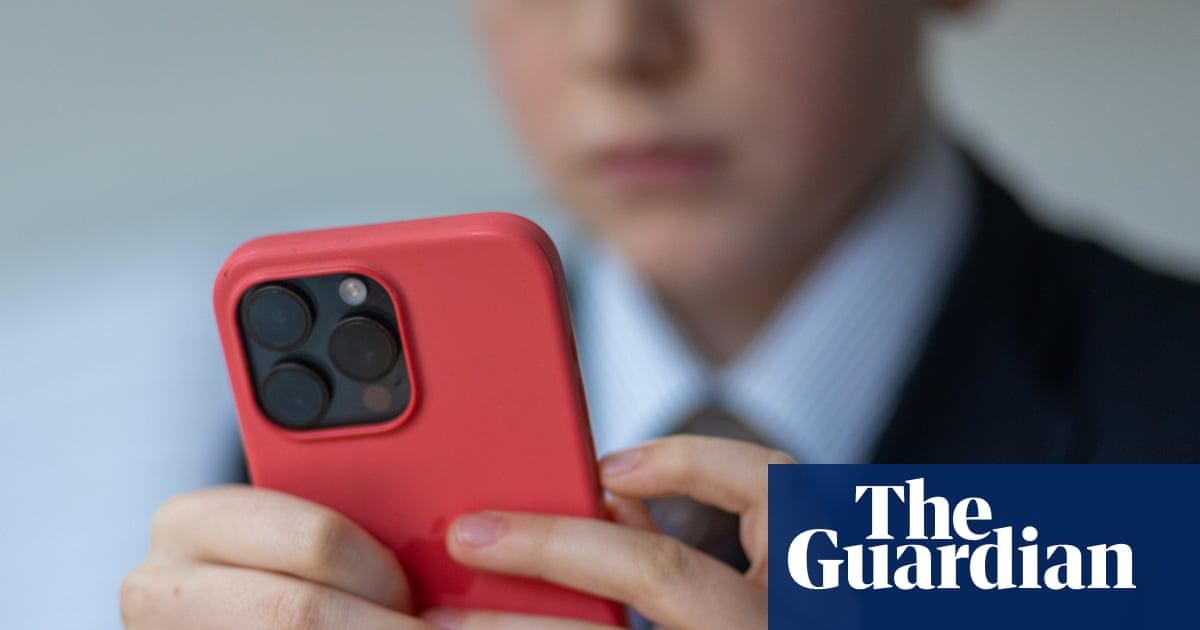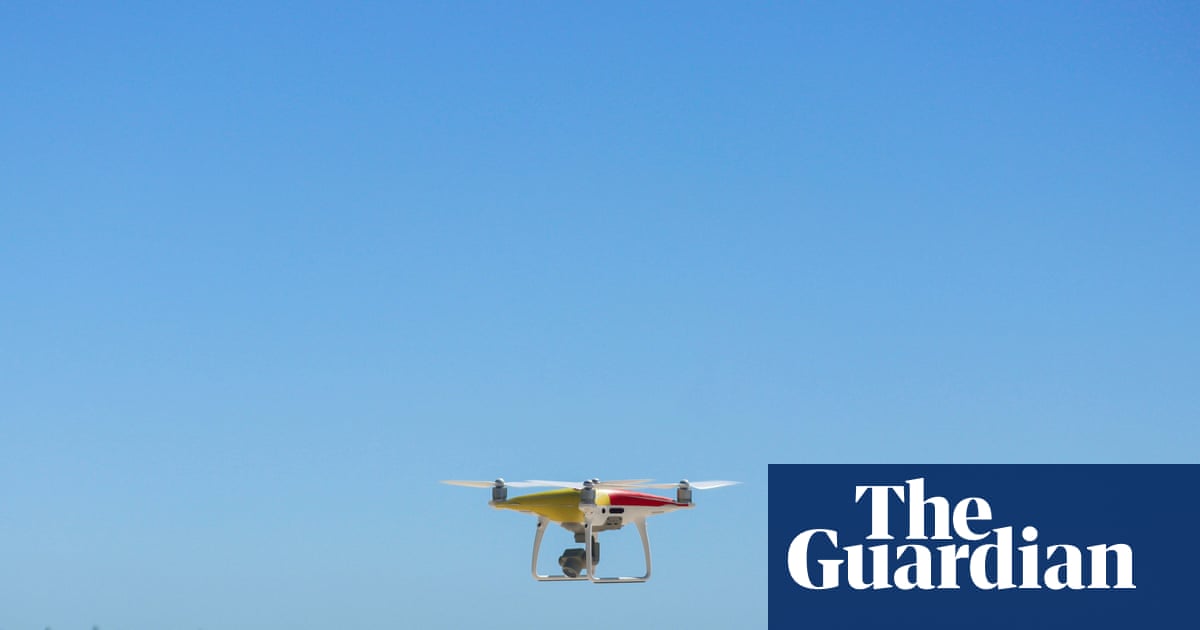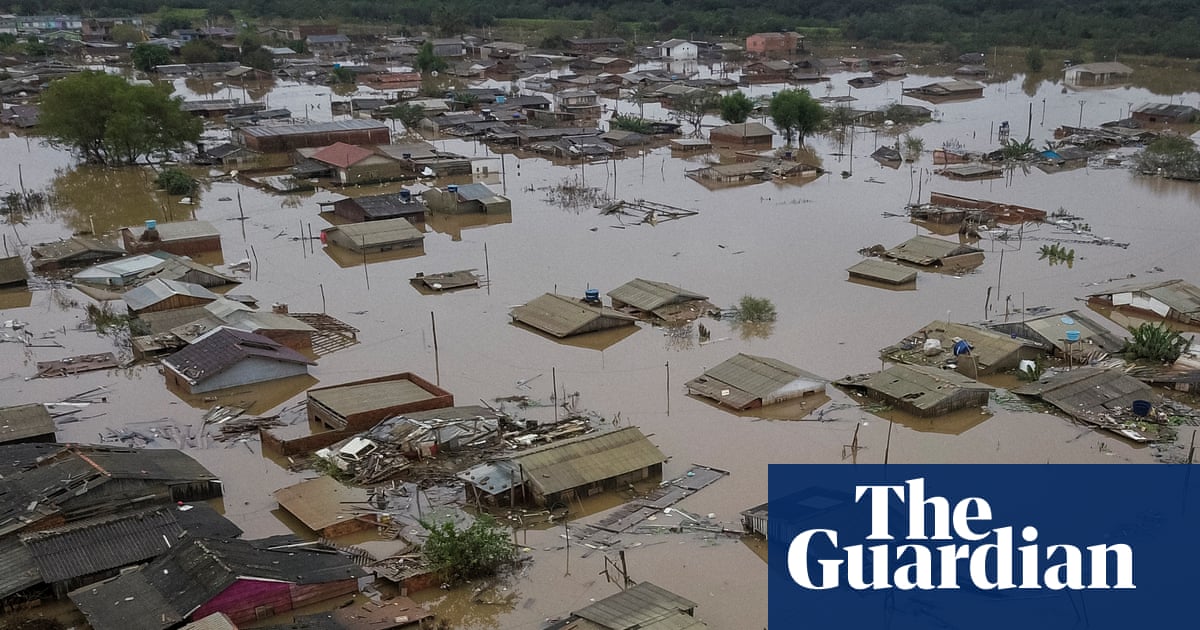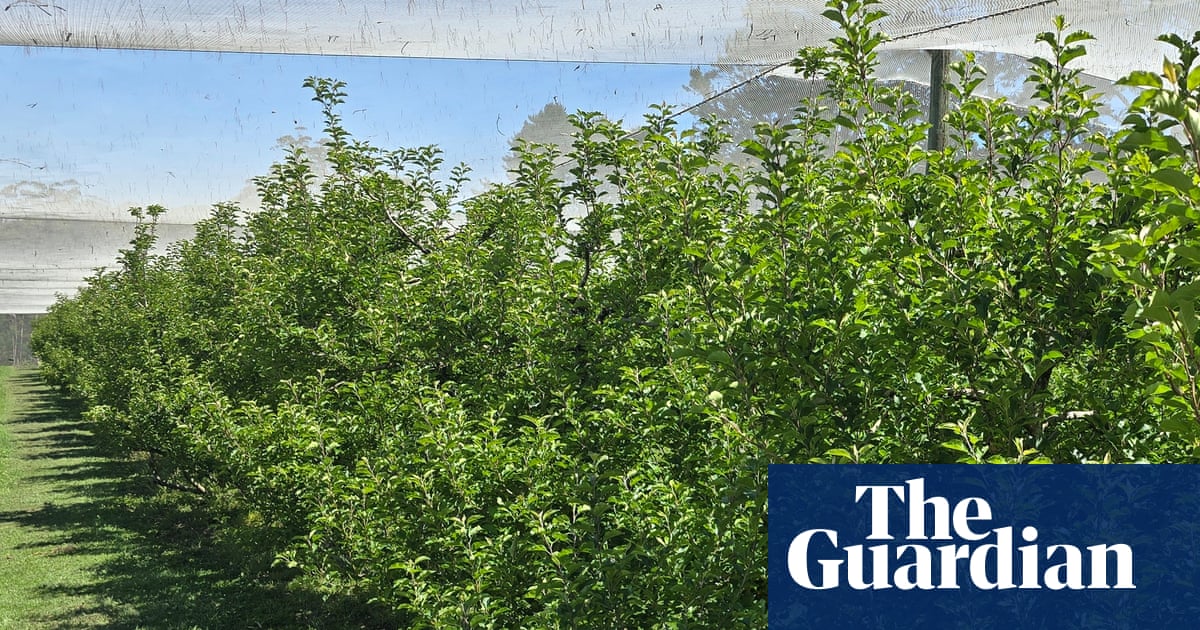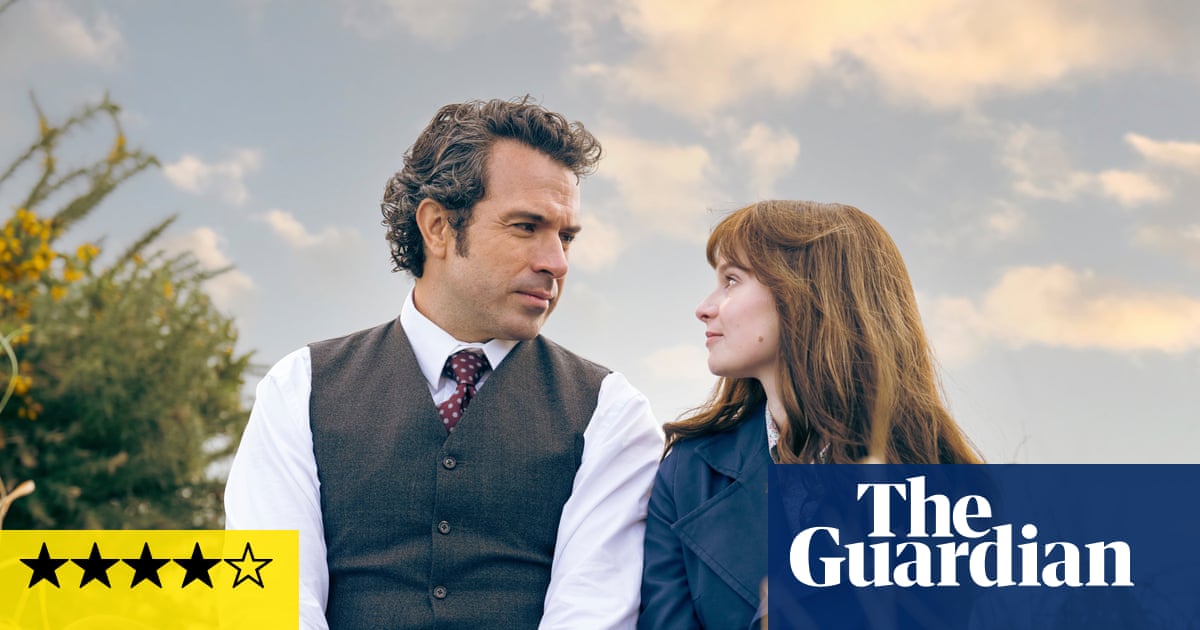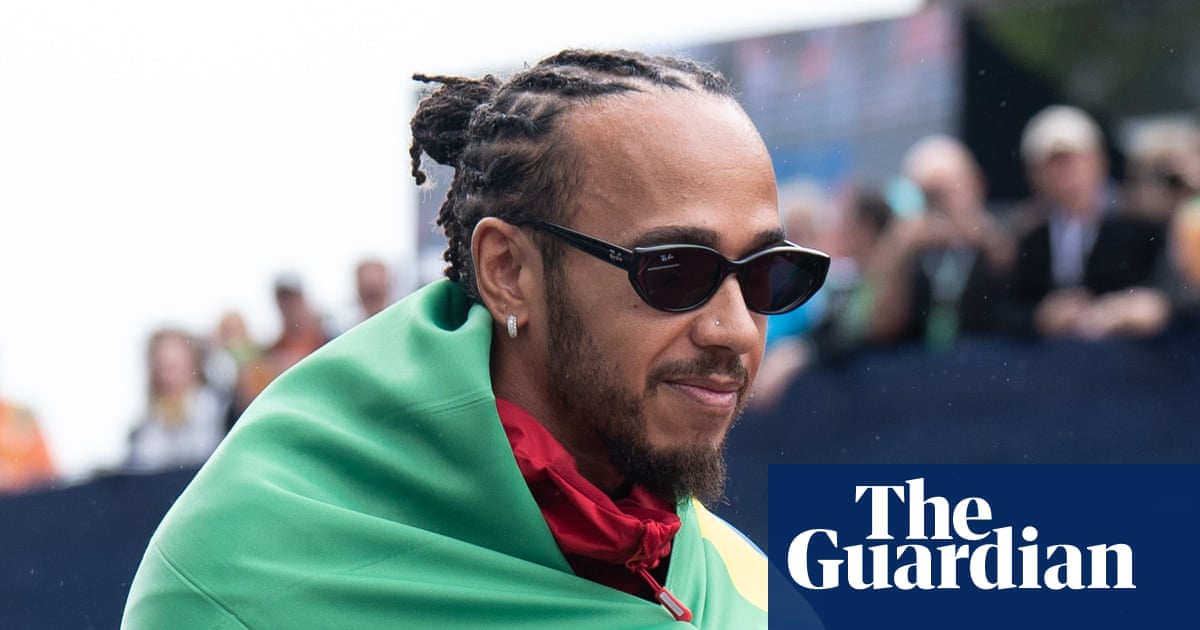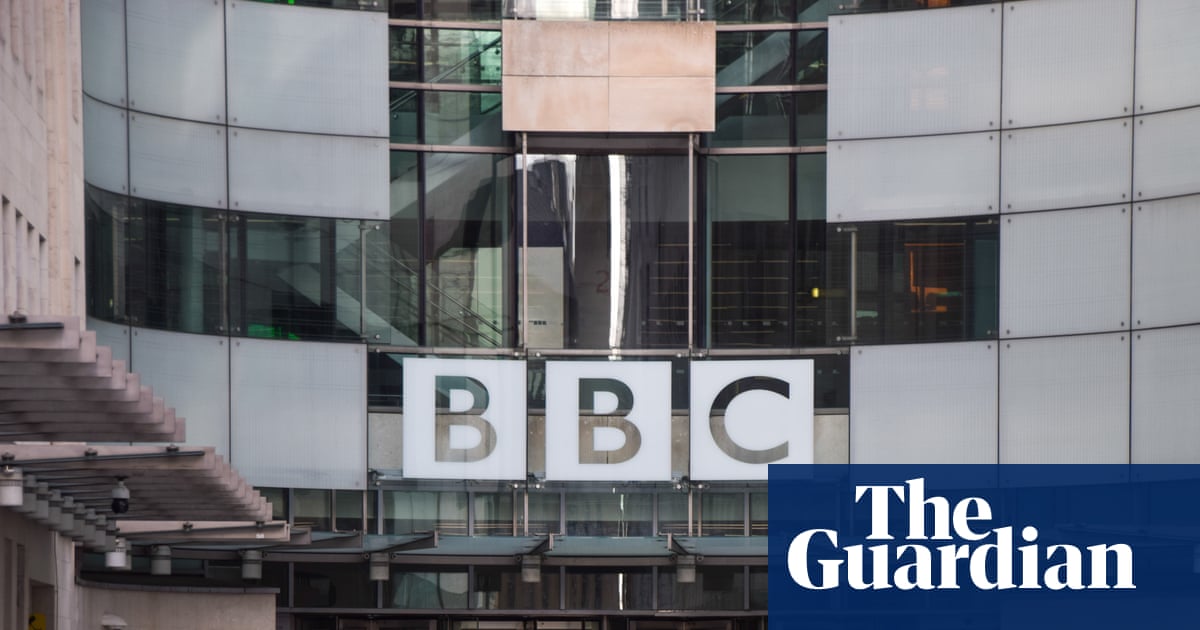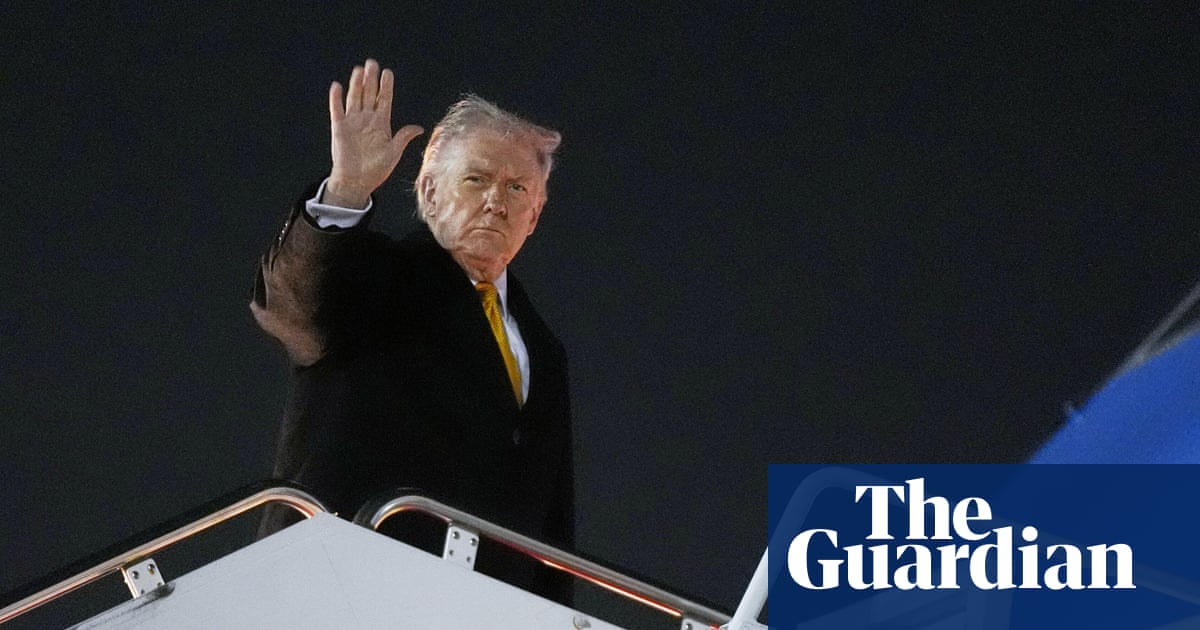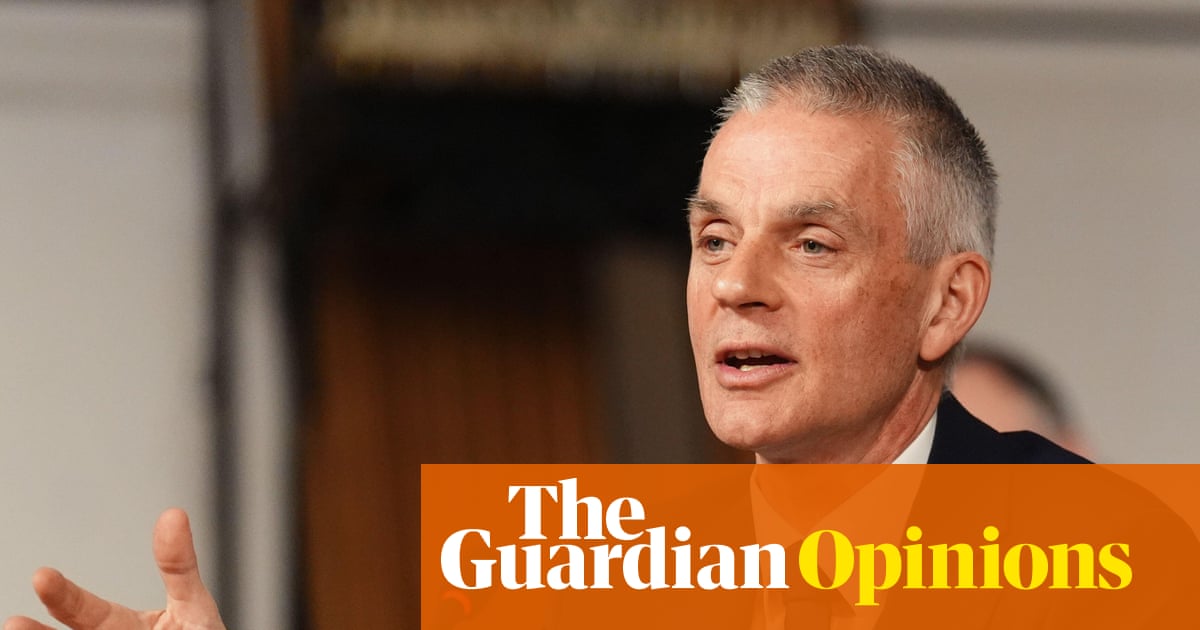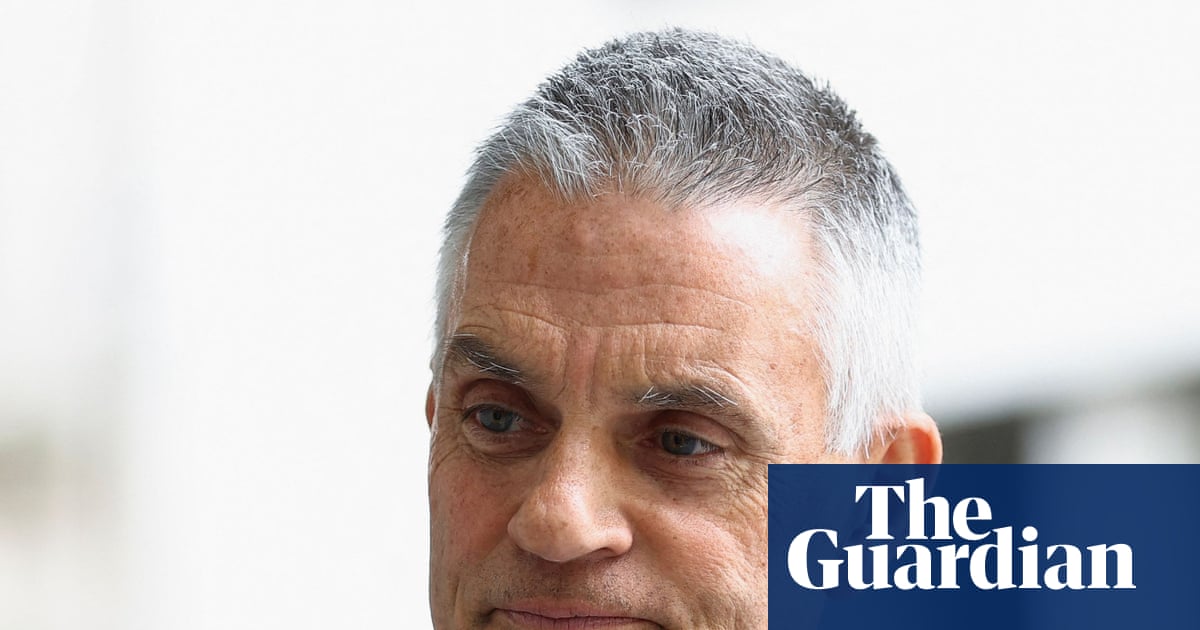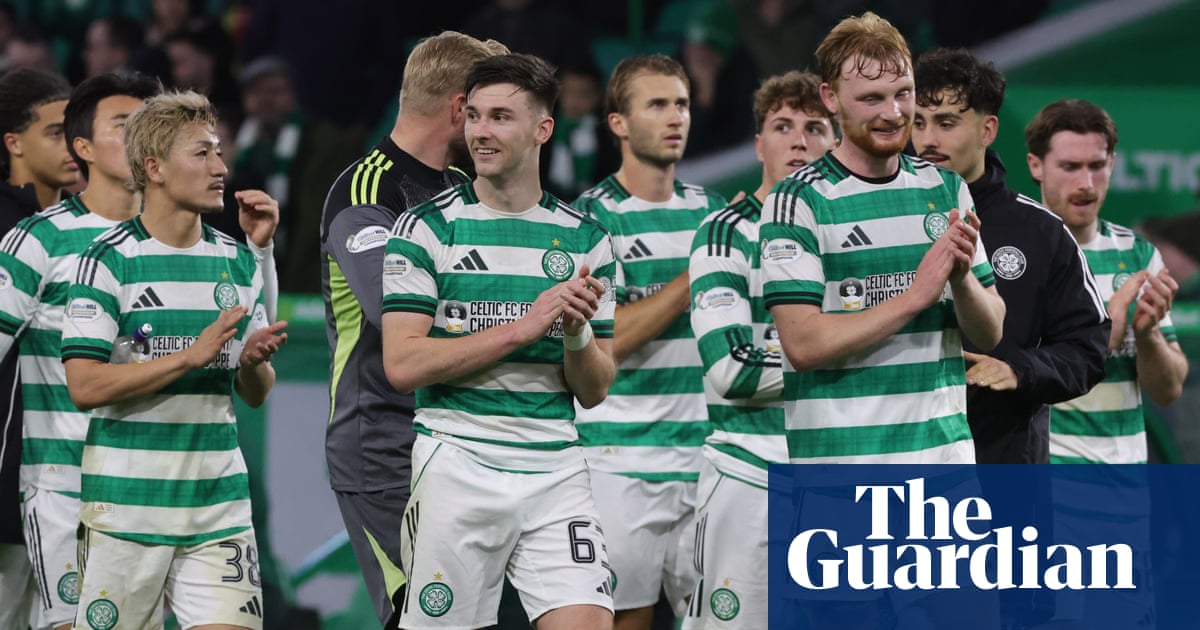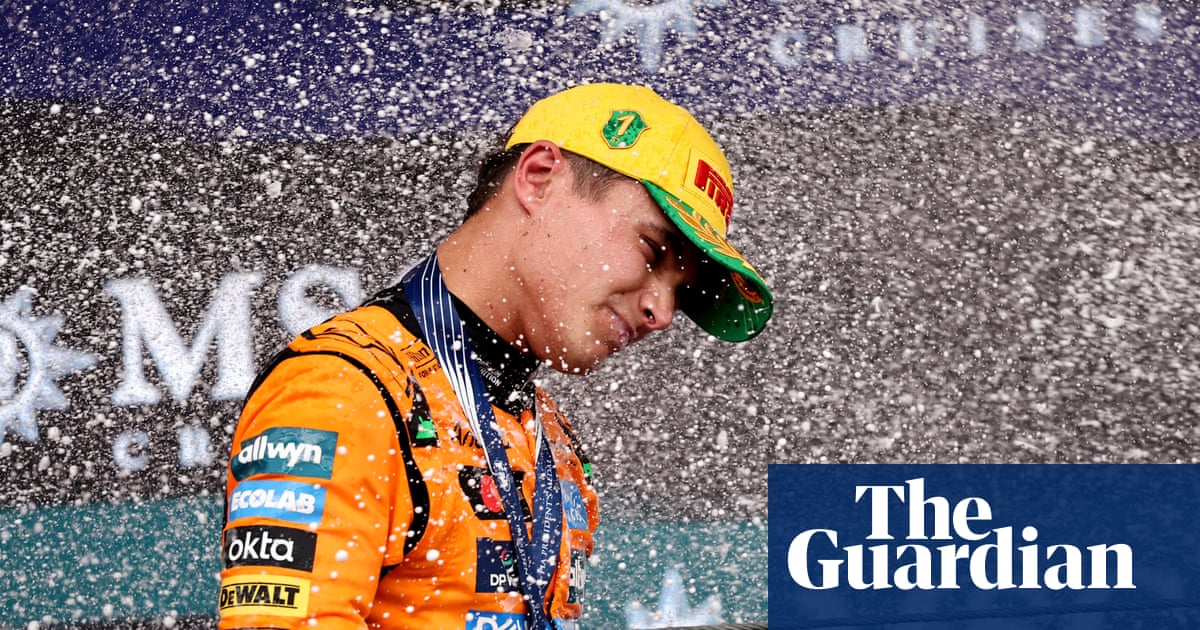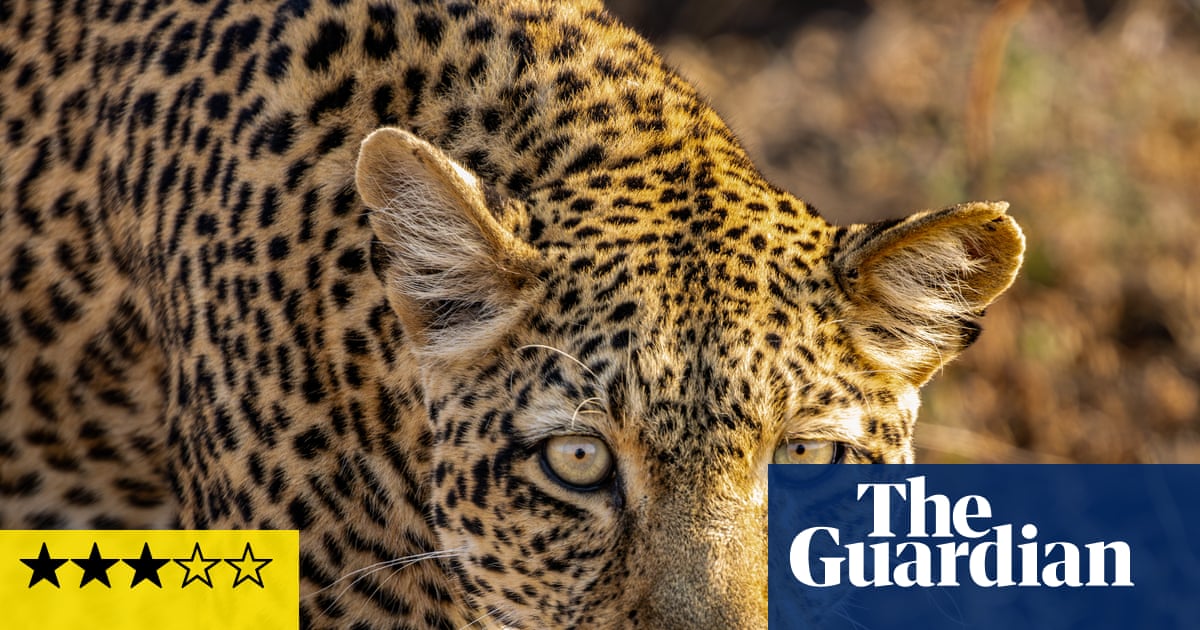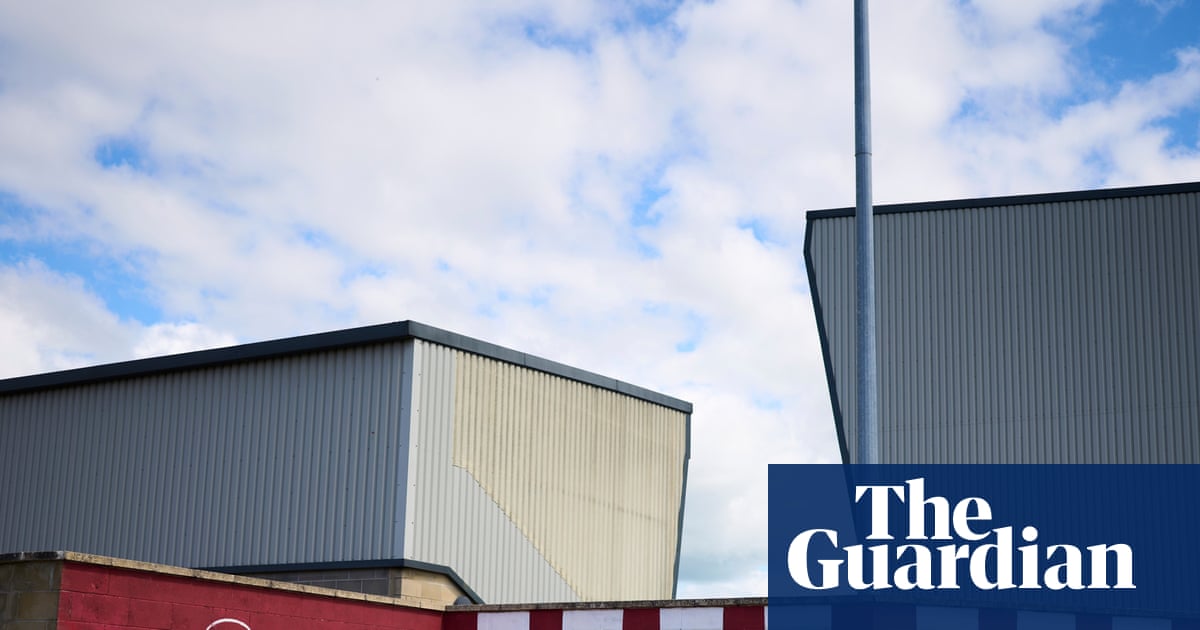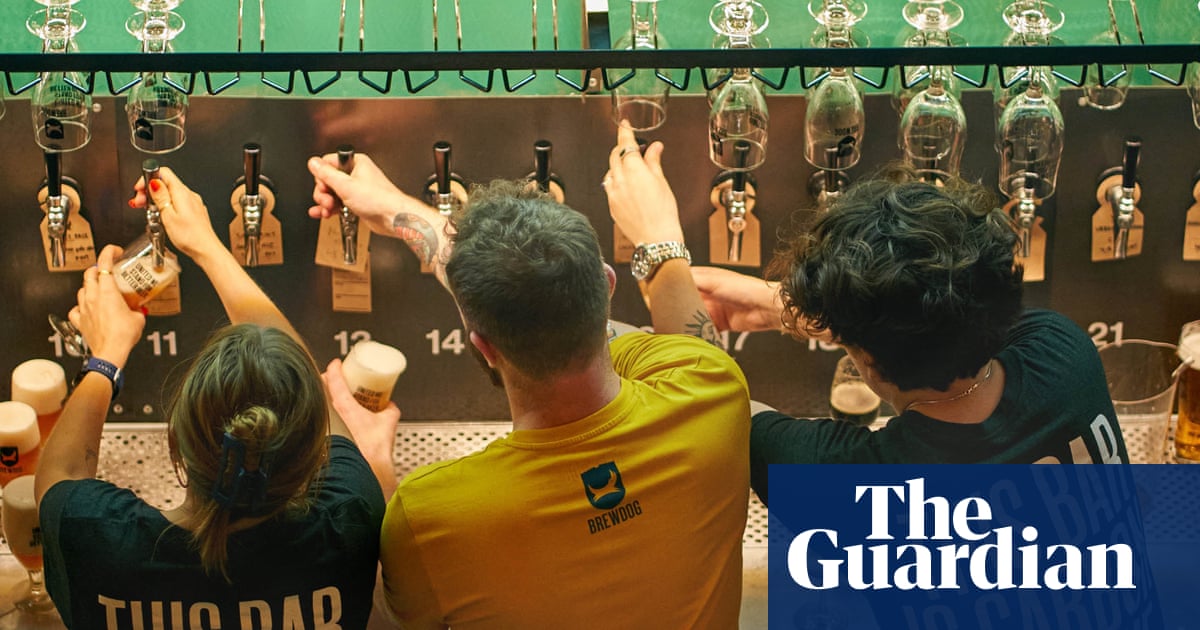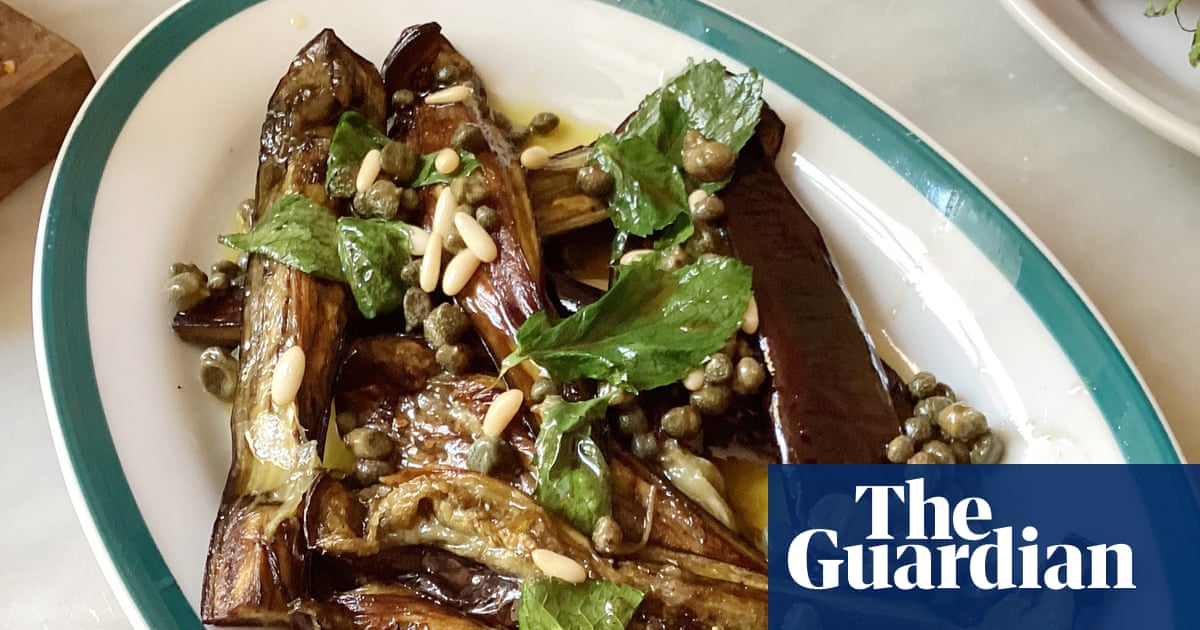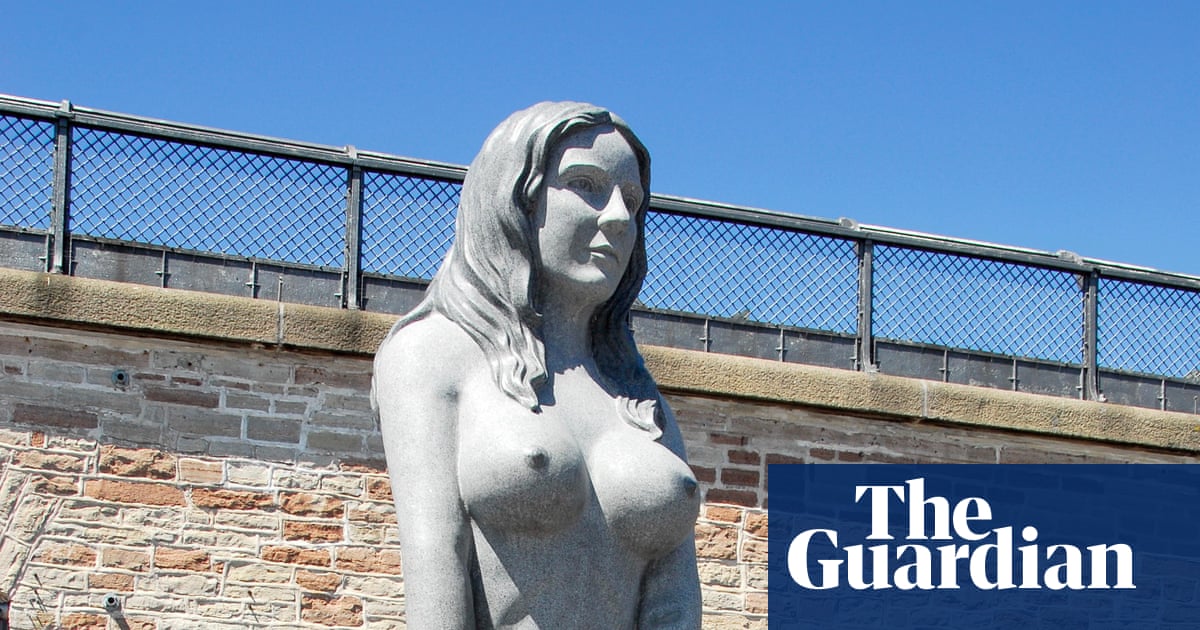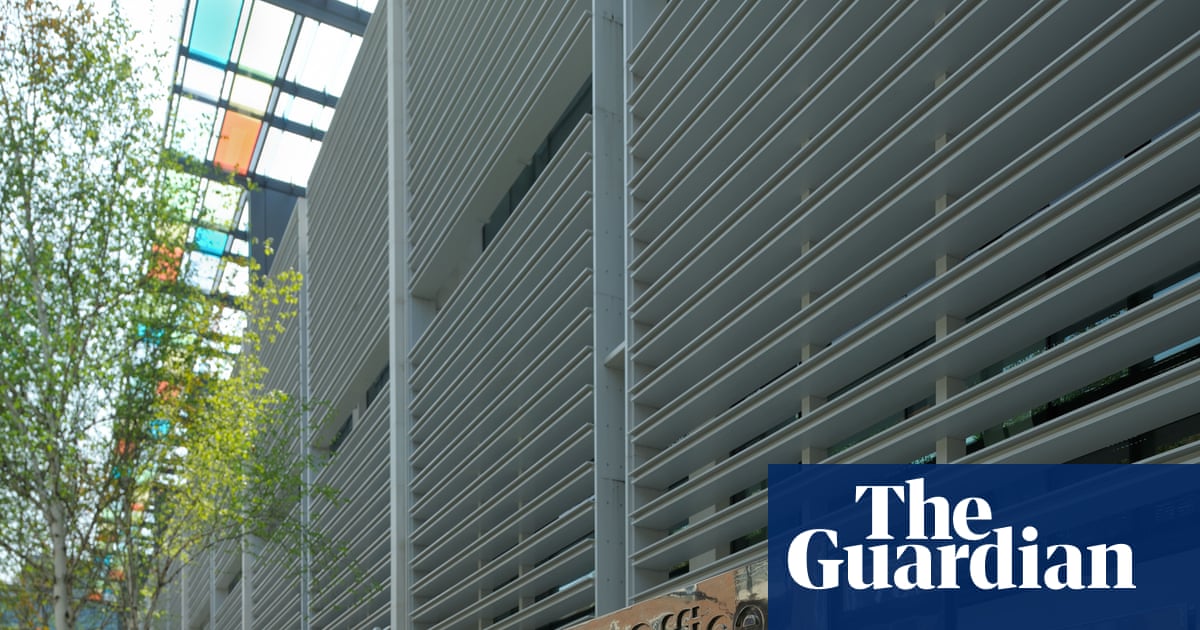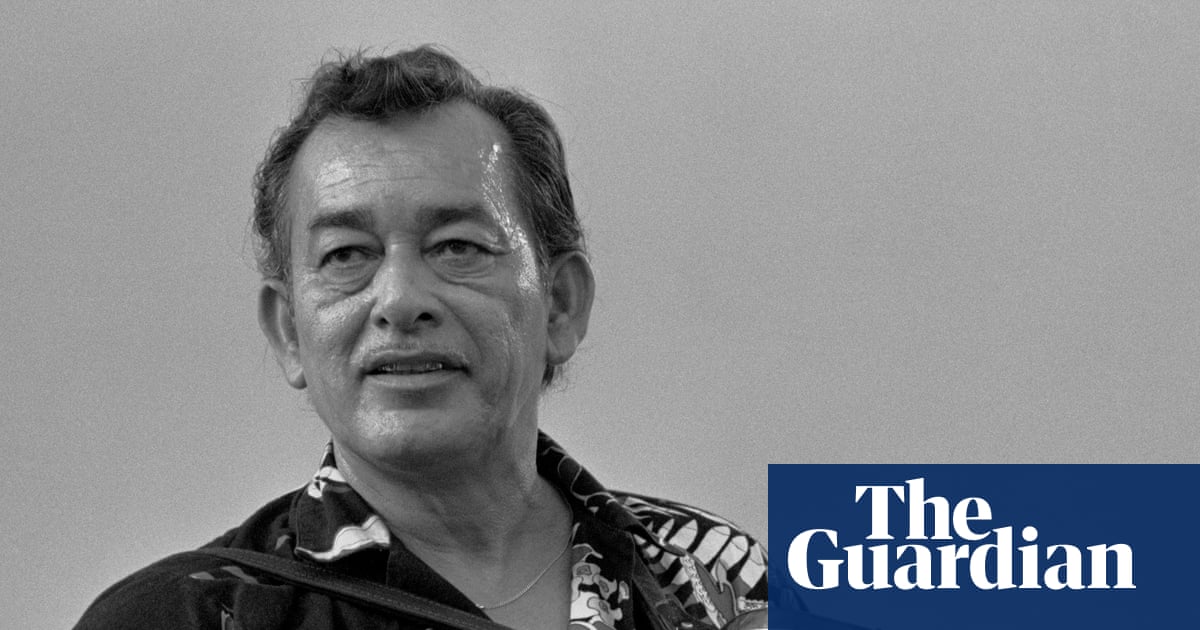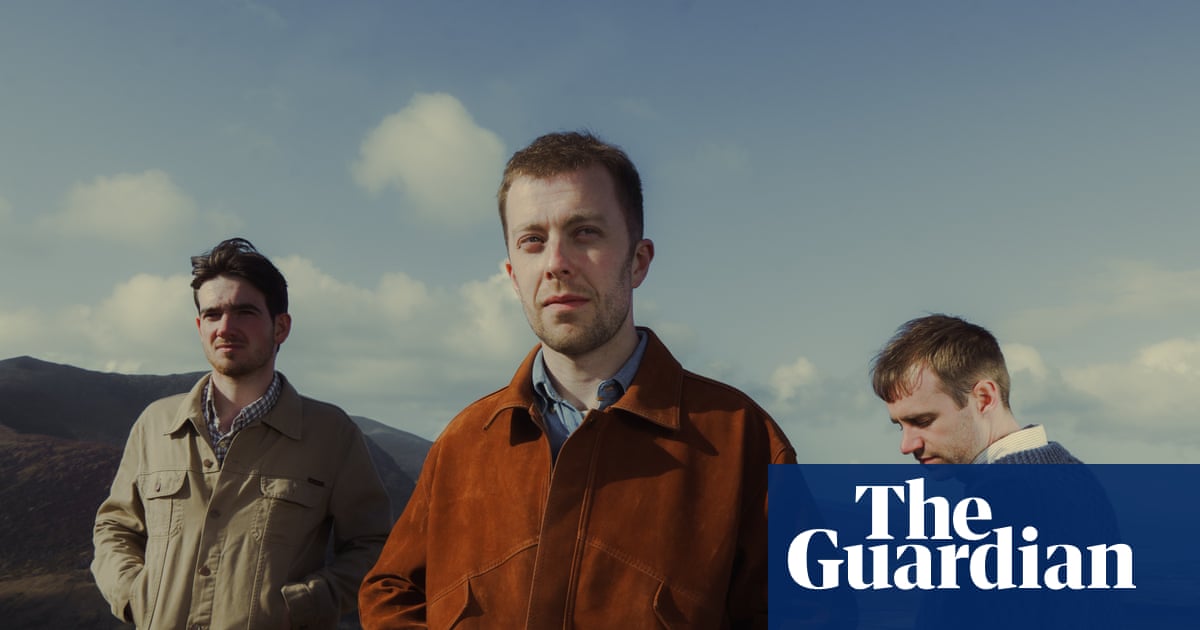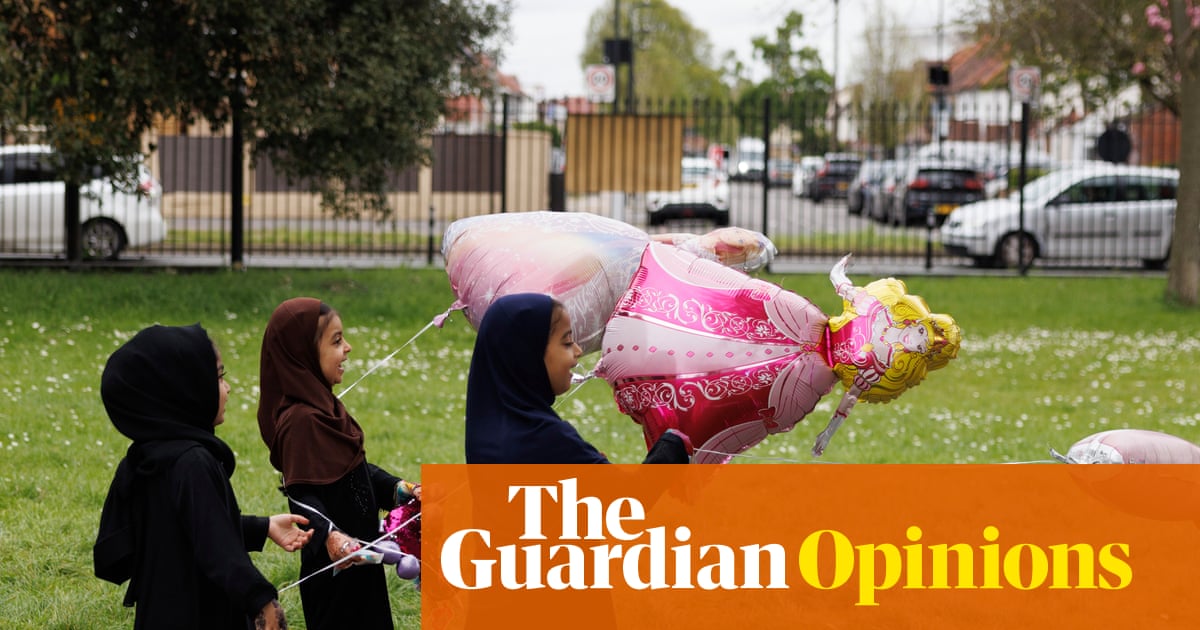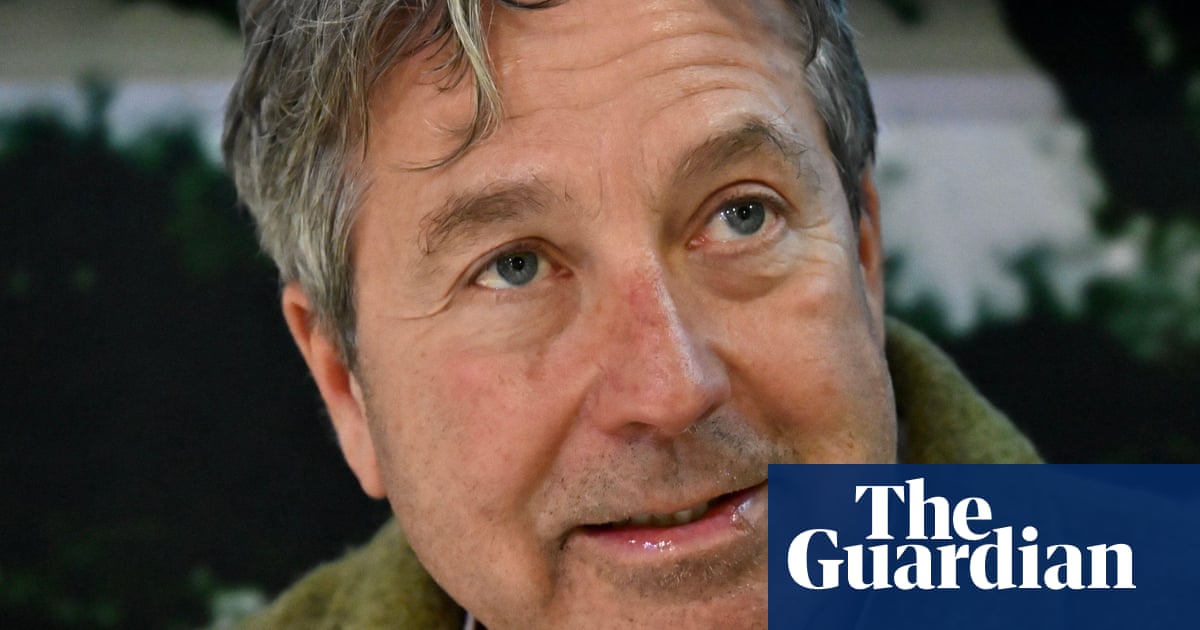Clashes between rival groups of protesters in Serbia left dozens injured overnight, police said on Thursday, as months of anti-government demonstrations boiled over into street violence for a second night.
A wave of anti-corruption protests has gripped Serbia since November, when the collapse of the Novi Sad railway station roof killed 16 people, a tragedy widely blamed on entrenched corruption.
Protesters again gathered in several cities across Serbia late on Wednesday, mainly in response to an attack by ruling party supporters on demonstrators in the town of Vrbas, about 160km (100 miles) north of the capital, Belgrade.
For the second night running, large groups of pro-government supporters, most wearing masks, confronted protesters. The two groups hurled bottles, stones and fireworks at each other.
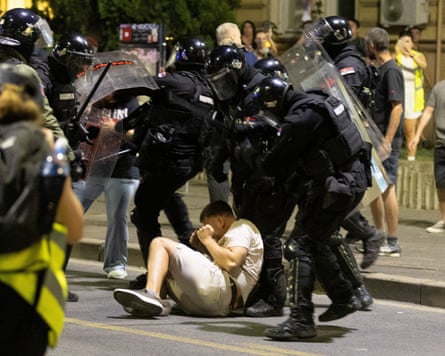
Police arrested nearly 50 people across the country, and about 30 riot police were injured. The worst violence was reported in parts of Belgrade and Novi Sad, where the protest movement first began.
One man, later identified as a military police officer, fired a pistol into the air as protesters approached the ruling party’s offices in Novi Sad, causing panic.
Footage also appeared to show supporters of the ruling Serbian Progressive party launching fireworks at protesters gathered outside the party’s headquarters there. Police intervened with teargas, and stun grenades could also be heard.
Frustrated with government inaction, protesters have demanded an investigation into the Novi Sad tragedy and piled pressure on the Serbian president, Aleksandar Vučić, to call early elections.
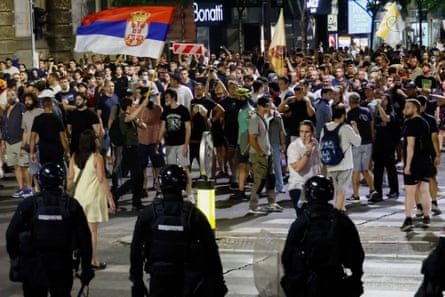
Over the past nine months, thousands of mostly peaceful, student-led demonstrations have been held, some attracting hundreds of thousands. This week’s violence, however, marks a significant escalation and indicates the increasing strain on Vučić’s populist government, in power for 13 years.
Since 28 June, when about 140,000 demonstrators gathered in Belgrade, the government has responded with an “intensifying crackdown” on activists, according to a statement by UN human rights experts released earlier this month.
Protesters and those linked to the movement have faced a “troubling pattern of repression” including excessive police force, intimidation and arbitrary arrest, the experts said.
Vučić has remained defiant, repeatedly rejecting calls for early elections and denouncing the demonstrations as part of a foreign plot to overthrow him.
After the Novi Sad shooting incident, officials confirmed the man was a member of a special military police unit usually tasked with protecting government ministers. He had fired his weapon while “on a routine assignment when attacked by about 100 people”, officials said.
after newsletter promotion
The officer told journalists on Thursday: “I used my firearm and fired a shot into the air in a safe direction. At that moment, the attackers scattered.”
Footage widely shared online showed a man wearing a black T-shirt and no clear military insignia pointing a pistol into the air near protesters.
Military officials said that seven members of the same military police unit had also been injured, while on duty to “protect a specific person”, but gave no further details.
Student protesters accused the police of protecting pro-government supporters while doing little to stop the attacks on their own gatherings.
“The authorities tried to provoke a civil war last night,” the students wrote on their official Instagram page. They announced further protests for Thursday night.
Vučić, who visited pro-government encampments overnight, denied his supporters had started the violence.
“No one attacked them anywhere,” he said of the anti-government protesters, speaking at a late-night press conference. “They went everywhere to attack those who think differently.”
While the protests have so far led to the resignation of the prime minister and the collapse of his cabinet, Vučić remains at the helm of a reshuffled government.

 2 months ago
41
2 months ago
41
